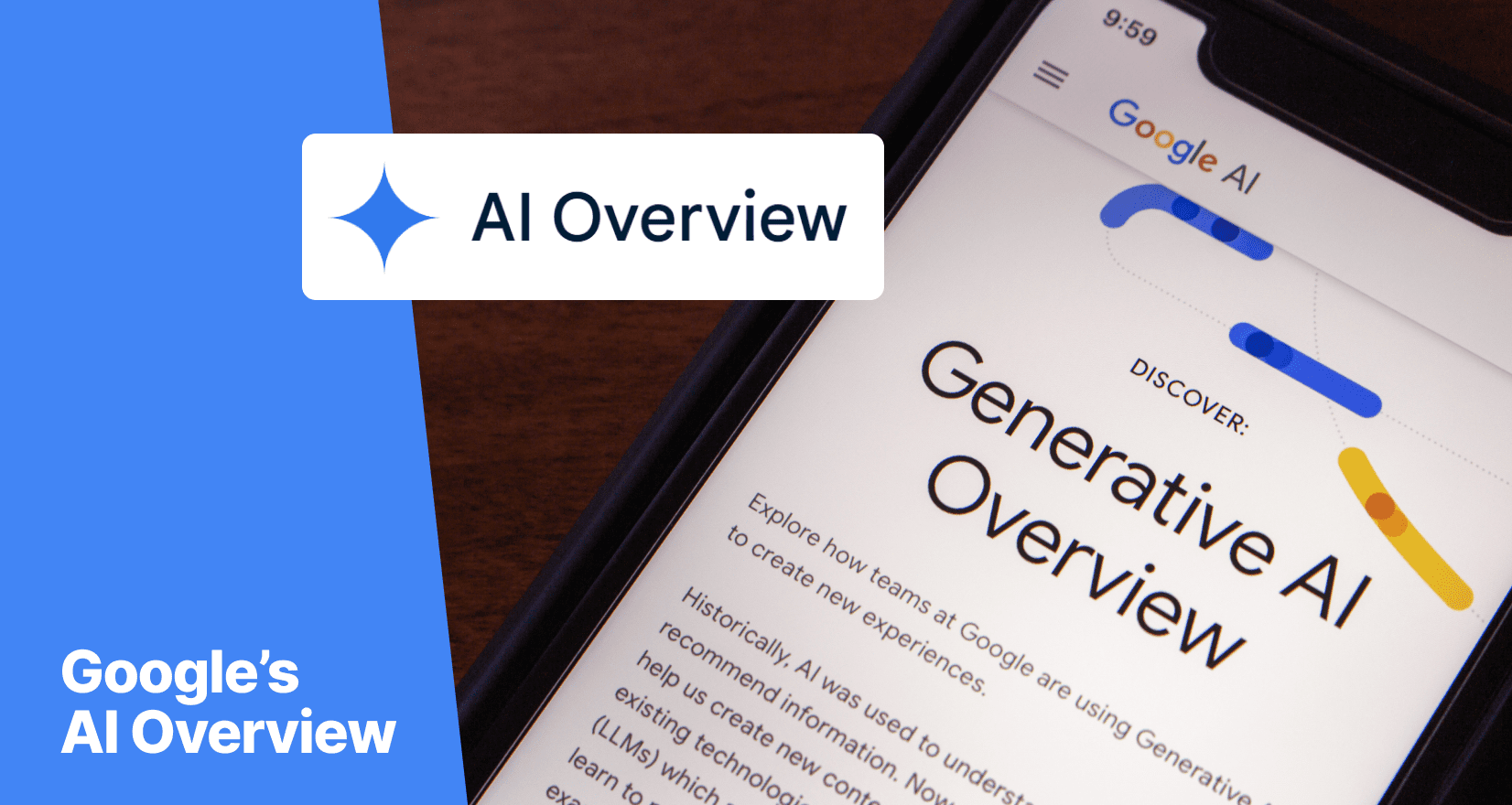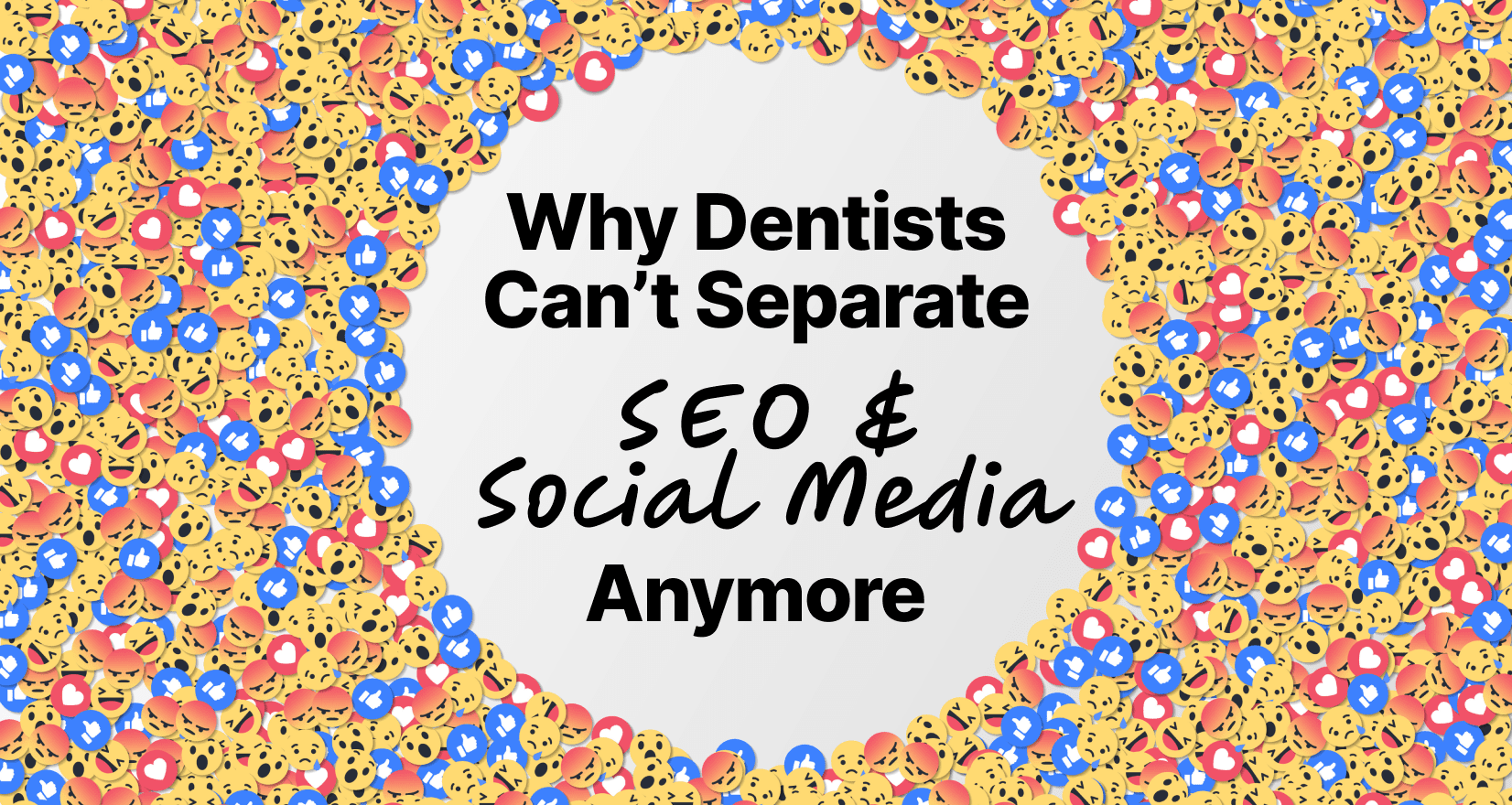
Google Just Raised the Bar for Dental SEO with AI Overview for Dentists
If you’ve noticed fewer patients landing on your homepage lately, you’re not alone, and Google’s AI Overview (AIO) might be the reason. This powerful new search feature is changing how people discover answers online by pulling content from deeper within websites, not just the top-level pages. For dentists, that means your detailed service pages, FAQs, and even older dental blog posts could now play a starring role in helping new patients find you. Understanding how Google’s AIO works—and how to optimize your dental website for it—could make all the difference in showing up where it counts.
The Big Shift: Deeper Pages Are Winning
Unlike traditional search results that often favor homepages, Google’s AI Overview is diving deeper—literally. Recent data shows that over 82% of AIO citations come from pages buried two or more clicks deep into a website. For dental practices, this means your blog post about “How Long Does Teeth Whitening Last?” or your service page on “Sedation Dentistry for Anxious Patients” could be the very content Google chooses to showcase. The key? These pages must be specific, well-structured, and directly answer the types of questions your patients are searching for.
What This Means for Dental Practices
So, what does this shift mean for your dental marketing strategy? It’s time to move beyond just polishing your homepage and start investing in the depth and quality of your inner pages. Think patient-focused, question-driven content that tackles real concerns—like “Does dental insurance cover implants?” or “How do I know if my child needs braces?” These are the kinds of targeted topics that not only serve your patients better but also align perfectly with how Google’s AI Overview selects content. The more helpful and specific your pages are, the more likely they are to show up in these prominent new AI-generated results.
Action Steps: Optimizing for Google’s AIO (The Dental Way)
To take advantage of this shift and stay ahead in search, dentists need to rethink how they structure and update their website content. Optimizing for Google’s AI Overview doesn’t mean a full website overhaul, but it does mean being more strategic. Here are some smart steps to get started:
- Audit your inner pages – Make sure all service pages and blog posts are crawlable, indexed, and not buried behind broken links or outdated layouts.
- Refresh older content – Update articles and pages with current info, modern visuals, and clear formatting to keep them relevant for both users and AI citations.
- Focus on one keyword per page – Build each page around a single, high-intent keyword (e.g., “dental implants recovery time”) to improve visibility for specific search queries.
- Write for early-stage patients – Answer questions people ask before they’re ready to book, like “Is Invisalign better than braces?” or “What causes tooth sensitivity?”
- Use internal linking wisely – Guide visitors (and Google’s crawler) through your site with links from blog posts to services and FAQs to appointment pages.
These small tweaks can make a big impact, especially now that deeper, specific content is where Google’s AI is looking first.
Does This Affect Google Maps or Local SEO?
Now, you might be wondering how this all fits into local SEO and your Google Maps presence. While Google’s AI Overview is focused on delivering fast, relevant answers, local search still plays a crucial role, especially for patients searching “dentist near me” or “emergency dental care in [your city].” The smart move? Combine both strategies.
Keep your Google Business Profile optimized and active, but also make sure your website’s inner pages are rich with location-specific content. A well-written blog about “What to Do If You Chip a Tooth in [Your City]” could be just the kind of deep, helpful page AIO loves and it doubles as a local trust builder.
AI Overview for Dentists is Already Changing SEO
The bottom line? AI Overview isn’t coming—it’s already here. And it’s reshaping how your potential patients find information, choose providers, and book appointments. Dental practices that take the time to build out helpful, question-driven content (and keep it fresh!) will be the ones showing up in these AI-powered answers. It’s no longer enough to just “be online.” Now, you need to be strategically online, showing up where people are searching and answering their questions before they even step into your office. Think of it as digital chairside manner: educate, guide, and build trust, page by page.
Frequently Asked Questions
How does Google’s AI Overview impact SEO for dental websites?
Google’s AI Overview changes the game by pulling answers directly from deep pages on your website—think blog posts, FAQ sections, and service pages—not just your homepage. That means your SEO strategy needs to focus on creating specific, high-quality content that directly answers patient questions. Inner pages must be fully indexed, keyword-targeted, and regularly updated to stay relevant. A well-written post on “How long do dental crowns last?” is far more likely to be cited than a generic homepage blurb about your practice.
Should I update old content on my dental website for AI Overview?
Yes, absolutely. Even older content can become valuable again—if it’s refreshed. Google’s AI Overview tends to favor dental website pages that offer accurate, contextually relevant, and current information. Take a second look at blogs or FAQs you published a year or two ago. Add updated language, clarify points, improve formatting, and check for keyword alignment. That could be the difference between a forgotten blog post and a top-cited source in AI-powered search results.
Does Google’s AI Overview replace local SEO or Google Business Profiles?
No, it doesn’t replace local SEO, it complements it. While AIO focuses on answering informational queries with deep web content, local SEO (like your Google Business Profile) remains key for attracting patients who are actively searching for a provider nearby. The smart approach is to optimize both: use your Google Business Profile to dominate local map results, and use deeper website content to answer questions and build trust before the patient ever clicks “Call.”
About the Author: Megan Nielsen is an SEO strategist and the Grand Overlord of copywriting at My Social Practice. My Social Practice is a dental marketing company that offers a full suite of dental marketing services to thousands of dental practices throughout the United States and Canada.
![[Byte Sized Podcast Ep. 24] 41% of Your Team Is Sabotaging Your AI - Here's Why Feat. Paul Murphy - AI Overview for Dentists - My Social Practice - Social Media Marketing for Dental & Dental Specialty Practices My Social Practice - Social Media Marketing for Dental & Dental Specialty Practices - AI Overview for Dentists](https://mysocialpractice.com/wp-content/uploads/2025/12/byte-sized_ep24.png)
![[Byte Sized Podcast Ep. 23] Frictionless Online Dental Scheduling: Why Your Practice Needs It Now Feat. Colin Ambler - AI Overview for Dentists - My Social Practice - Social Media Marketing for Dental & Dental Specialty Practices online dental scheduling](https://mysocialpractice.com/wp-content/uploads/2025/12/byte-sized_ep23.png)



![[Byte Sized Podcast Ep. 24] 41% of Your Team Is Sabotaging Your AI - Here's Why Feat. Paul Murphy - AI Overview for Dentists - My Social Practice - Social Media Marketing for Dental & Dental Specialty Practices My Social Practice - Social Media Marketing for Dental & Dental Specialty Practices - AI Overview for Dentists](https://mysocialpractice.com/wp-content/uploads/2025/12/byte-sized_ep24-100x100.png)
![[Byte Sized Podcast Ep. 23] Frictionless Online Dental Scheduling: Why Your Practice Needs It Now Feat. Colin Ambler - AI Overview for Dentists - My Social Practice - Social Media Marketing for Dental & Dental Specialty Practices online dental scheduling](https://mysocialpractice.com/wp-content/uploads/2025/12/byte-sized_ep23-100x100.png)


